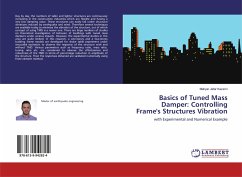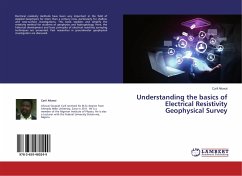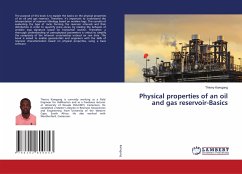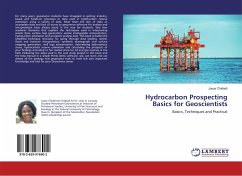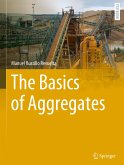Day by day, the numbers of taller and lighter structures are continuously increasing in the construction industries which are flexible and having a very low damping value. Those structures can easily fail under structural vibrations induced by earthquake and wind. Therefore several techniques are available today to minimize the vibration of the structure, out of which concept of using TMD is a newer one. There are large numbers of studies on theoretical investigation of behavior of buildings with tuned mass dampers under various impacts. However, the experimental studies in this area are quite limited. In this research, a one-storey and a two-storey building frame models are developed for shake table experiment under sinusoidal excitation to observe the response of the structure with and without TMD. Various parameters such as frequency ratio, mass ratio, tuning ratio etc. are considered to observe the effectiveness and robustness of the TMD in terms of percentage reduction in amplitude of the structure. Then the responses obtained are validated numerically using finite element method.
Bitte wählen Sie Ihr Anliegen aus.
Rechnungen
Retourenschein anfordern
Bestellstatus
Storno

